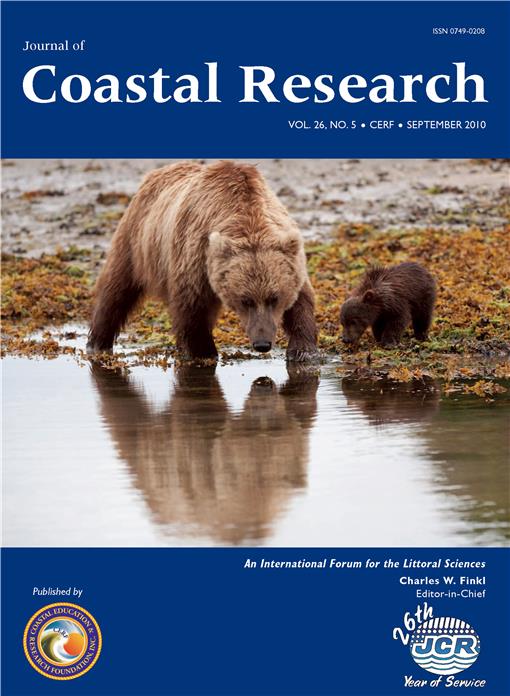Continued climate change, sea-level rise, and coastal development have lead to concern about shoreline dynamics beyond oceanfront areas, encompassing more sheltered coastal water bodies such as estuaries. Because estuaries are critically important ecosystems, understanding coastline changes in these areas is necessary to evaluating resource risks. A transect-based approach is commonly used to quantify shoreline change on linear (i.e., ocean) shorelines; however, due to the complex morphology of the study area, a point-based approach was developed and applied in this study. Shoreline-change rates and additional parameters (i.e., wave energy and shoreline composition) were determined using 1958 and 1998 aerial photography and available datasets. From this data, the average shoreline change in the study area is −0.24 m yr−1, with 88% of the shoreline eroding. Of the parameters analyzed, shoreline composition appears to have an important control on shoreline erosion, whereas wave energy is not significantly correlated with shoreline-change rates.
How to translate text using browser tools
1 September 2010
Analyzing Estuarine Shoreline Change: A Case Study of Cedar Island, North Carolina
Lisa Cowart,
J. P. Walsh,
D. Reide Corbett
ACCESS THE FULL ARTICLE
endpoint rate
erosion
fetch
shoreline composition
transect





